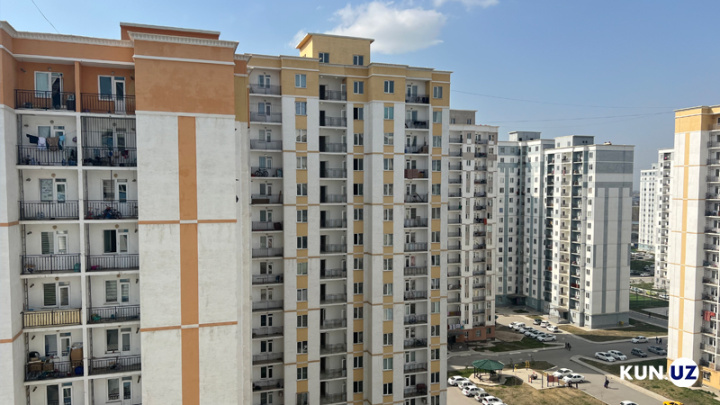Under the terms of the Central Bank’s main scenario, spillovers from energy price liberalization in the first half of 2023 will put upward pressure on core inflation, and from the second half of the year, a decrease in import inflation and a reduction in real marginal costs will create conditions for a downward trend in core inflation. In particular, according to calculations, it is expected that a reduction in real marginal costs in 2023 will reduce core inflation by 1-1.5 percentage points (p.p.), and the stabilization of inflationary processes in trading partner countries will reduce the impact of import inflation up to 0.8 p.p.
Under the conditions specified in the main scenario, annual core inflation will decrease starting from the second quarter of 2023, and is projected at the level of 8-9% by the end of the year.
Given the phased liberalization of regulated prices and its secondary impact on domestic prices, ensuring “moderately tight” monetary conditions in the economy will create the basis for reducing core inflation to 5.5-6% in 2024, and to 4-4.5% in 2025.
In the alternative scenario, the growth of core inflation will start to slow down from the first quarter of 2023 and reach 7.5-8.5% by the end of the year. At the same time, it is taken into account that regulated prices are annually indexed at the level of inflation.
Under the alternative scenario, global economic growth is expected to slow down amid growing risks of a global recession. In turn, a decrease in overall demand will serve to reduce prices for raw materials and energy resources, and from the third quarter of 2023, the formation of a declining inflation dynamics of the trading partner countries is predicted.
As a result, the upward impact of import inflation on core inflation will decrease to 0.5-1 percentage points. In addition, a decrease in real marginal costs in the economy will have a downward impact on core inflation, estimated at 1.5-2 percentage points.
From 2024, global monetary conditions are projected to ease, and this will serve to revive overall demand. In the context of increased consumer demand, the rise in prices for raw materials and energy resources may put pressure on domestic prices.
In 2024, a slight acceleration in annual core inflation growth to 6-7% (0.5-1 p.p. above the main scenario) is forecasted.





